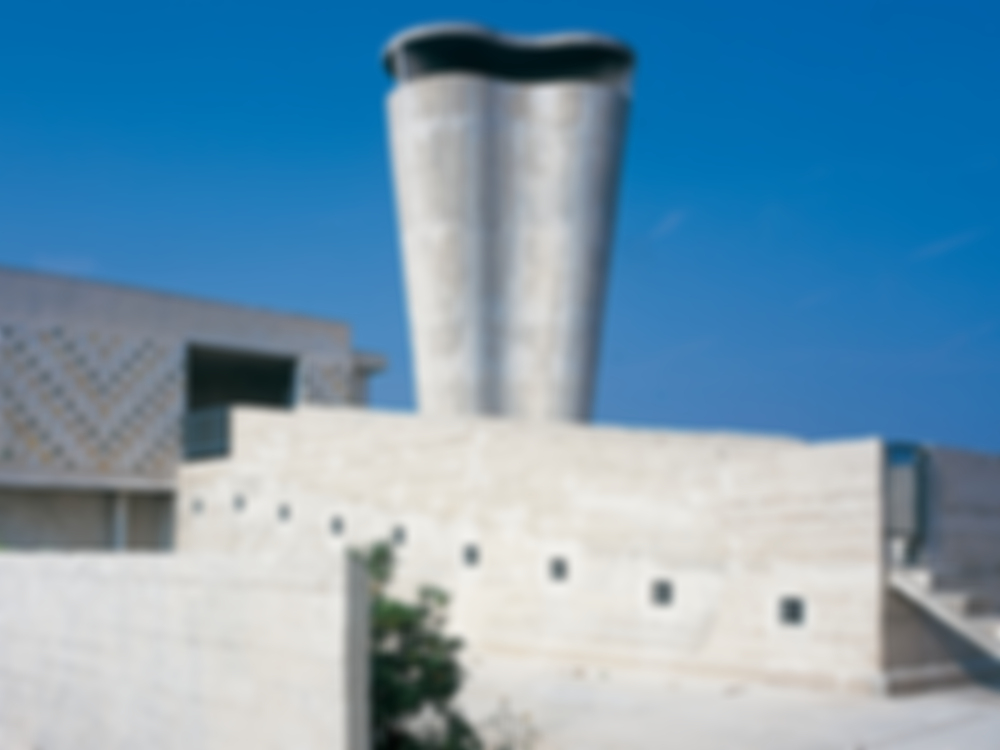In early history, man sought shelter in caves. The first step towards a freely designed dwelling – before the invention of the house – was the erection of a roof. For a long time, man reacted instinctively to his environment, internalizing the regional climatic conditions. That is why one finds similar built forms in similar environments around the world. The...
Discussion: Protection and Function – Flat Roofs as Living Space
Issue
05/2000 Flat Roof Construction
Source
DETAIL

© Palladium Photodesign

© Palladium Photodesign